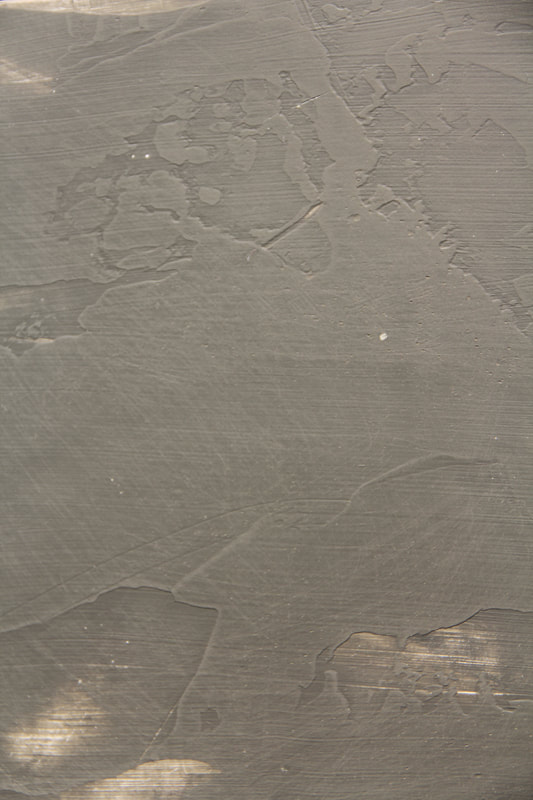Mixing
First I mix the molding paste with acrylic paint. I have used deep browns, deep reds and grays.
I prefer to paint on a dark surface, however, it is not necessary to add paint if white is the desired base color.
I prefer to paint on a dark surface, however, it is not necessary to add paint if white is the desired base color.
Application of molding paste
I use a large palette knife to apply the molding paste. A variation in the surface appeals to me. The wood grain can be revealed when scrapped.
After the material is dry, it can be sanded. I lightly sand the entire surface to soften sharp edges and transitions.
I can then paint using either acrylic or oil on this textured colored surface.
After the material is dry, it can be sanded. I lightly sand the entire surface to soften sharp edges and transitions.
I can then paint using either acrylic or oil on this textured colored surface.
End results
After they are lightly sanded they are ready for paint. In these photos I am showing both the smooth areas and the the subtle texture. The transitions have been sanded. They can be left unsanded so they will reveal the dark edges more easily for a different look. In some areas the paste is very thin so the wood grain is shows.




 RSS Feed
RSS Feed